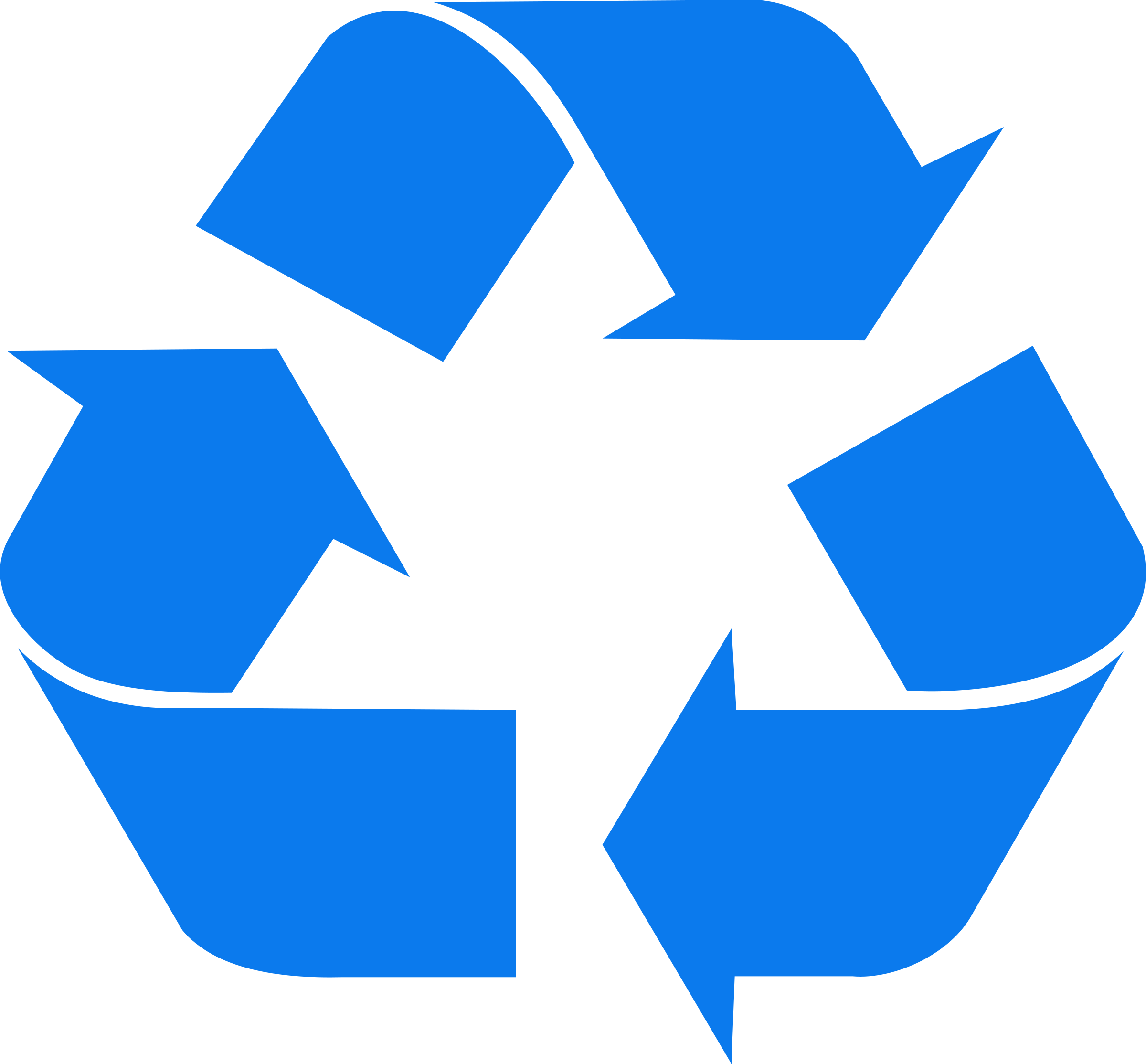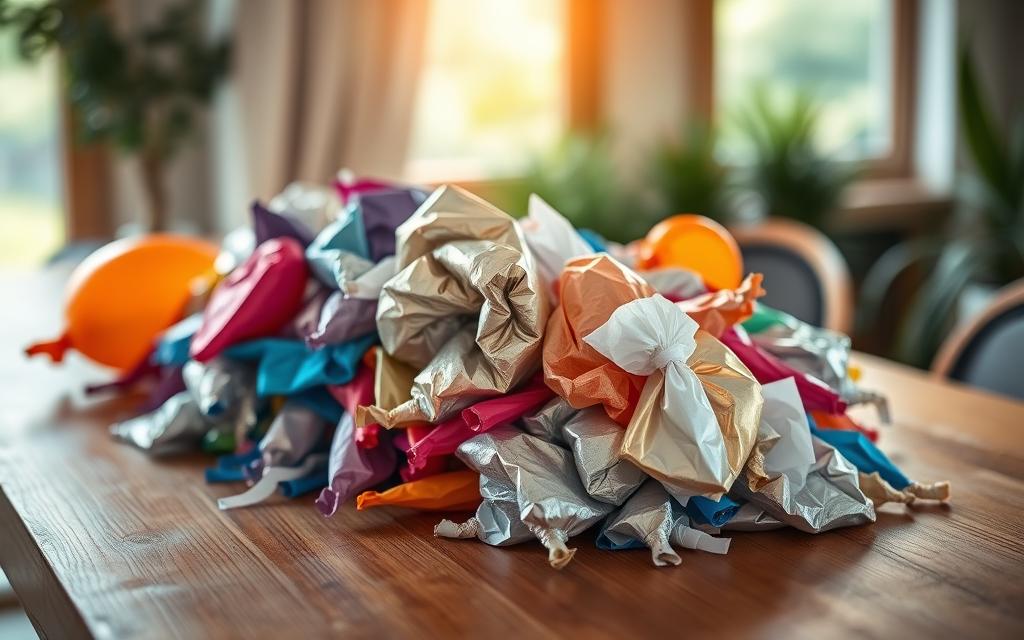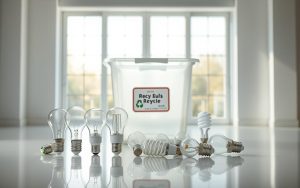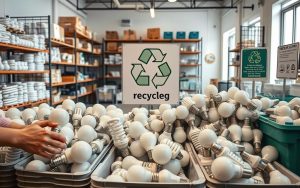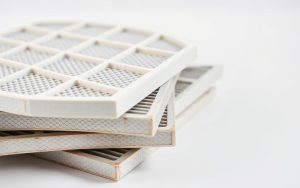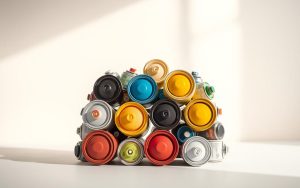Festive celebrations often include colorful decorations, but the environmental impact of these items is a growing concern. Foil balloons, in particular, have seen an 11% increase in usage since 2020, raising questions about their disposal and long-term effects on the planet.
Improper disposal of these items can lead to significant plastic pollution, which persists in landfills for centuries. Unlike latex options, which decompose in 1-3 years, foil varieties do not break down naturally. This makes proper recycling essential.
One effective solution is the Hefty® ReNew® program, which accepts deflated foil balloons (with ribbons removed) in orange bags via curbside carts. This initiative helps reduce waste and promotes sustainable practices. However, latex options cannot be included due to contamination risks.
Understanding the differences between foil, Mylar, and latex types is crucial for proper disposal. For more tips on handling these materials, check out this guide. By making informed choices, we can enjoy celebrations while protecting the environment.
What Are Mylar Balloons and Why Recycling Matters
The materials used in festive decor can have long-term ecological consequences. One such item, often overlooked, is the foil balloon. Known for its shiny appearance, this type of decoration is made from a combination of plastic, nylon, and a metallic coating. Unlike latex options, which decompose naturally, foil balloons persist in the environment for centuries.
Understanding Mylar Balloon Composition
Foil balloons, often referred to by the brand name Mylar, are constructed from biaxially-oriented polyethylene terephthalate (BoPET). This layered material consists of 80% plastic, 15% metal vapor deposition, and 5% nylon. This unique blend gives them their durability and shine but also makes them difficult to recycle.
When compared to latex balloons, which break down in 1-3 years, foil balloons take over 450 years to decompose. This stark difference highlights the need for proper disposal methods. Unfortunately, 97% of balloon litter found in oceans is made of foil, posing a significant threat to marine life.
| Material | Decomposition Time | Environmental Impact |
|---|---|---|
| Foil Balloons | 450+ years | High risk to marine life, chemical leaching in landfills |
| Latex Balloons | 1-3 years | Biodegradable, lower environmental risk |
Fragments of foil balloons are often mistaken for food by marine animals, leading to ingestion and harm. Additionally, when these materials decompose in landfills, they release harmful chemicals into the soil. The mixed-material construction further complicates recycling efforts, making it essential to explore sustainable alternatives.
For more insights on handling these materials, check out this guide. By understanding the composition and impact of foil balloons, we can make informed choices to protect our planet.
Are Mylar Balloons Recyclable? A Step-by-Step Guide
Recycling certain decorations requires specific steps to ensure sustainability. Foil balloons, often used in celebrations, pose unique challenges due to their mixed-material construction. Proper disposal can prevent them from ending up in landfills or harming marine life.

How to Properly Recycle Mylar Balloons
Follow these steps to recycle foil balloons responsibly:
- Puncture Cleanly: Use a needle to deflate the balloon. Avoid scissors, as they can create microplastics.
- Remove Non-Plastic Parts: Take off ribbons, weights, and valves. These materials can contaminate the recycling process.
- Flatten Completely: Ensure the balloon is flat to prevent bag rupture during processing.
- Check Local Participation: Use the ZIP code tool on the Hefty® ReNew® site to confirm if your area accepts these items.
- Store Efficiently: Place multiple balloons in a single orange bag to maximize space and efficiency.
Special cases, like ink-printed balloons, require separate handling. Always confirm with your local recycling program before proceeding.
“Releasing balloons into the environment is harmful. Always dispose of them responsibly.” – Glitzfully
For potential reuse, consider the straw deflation method. Insert a straw into the valve to remove helium, allowing the balloon to be stored and reused later.
Retail partners like Party City also offer drop-off locations for balloon recycling. By following these steps, you can enjoy celebrations while minimizing environmental impact.
Eco-Friendly Alternatives to Mylar Balloons
Sustainable party planning is gaining popularity as people seek eco-conscious options. Traditional decorations, like foil balloons, can harm the environment. Fortunately, there are creative and reusable alternatives that make celebrations both festive and responsible.
Reusable Party Decorations
Switching to reusable decor reduces waste and supports a greener planet. Glitzfully’s fabric banners, for example, last over five years compared to single-use options. These banners are not only durable but also customizable for any event.
Paper honeycomb balls are another excellent choice. FirstStar recommends them as a plastic-free alternative. They come in various colors and sizes, adding a vibrant touch to any party.
For helium-free options, consider balloon sticks or ceiling-hung fabric clouds. These decorations are safe, reusable, and visually stunning. They also eliminate the need for helium, which is a limited resource.
Reusing Foil Balloons
If you already have foil balloons, there are ways to reuse them effectively. Balloon Expert suggests storing them in acid-free tissue to prevent oxidation. This ensures they remain in good condition for future use.
Professional-grade balloon pumps can help deflate and reinflate these balloons multiple times. This method is cost-effective and reduces waste. Additionally, DIY projects like converting foil balloons into gift wrap or shiny mosaics can give them a second life.
| Decoration Type | Lifespan | Environmental Impact |
|---|---|---|
| Fabric Banners | 5+ years | Low waste, reusable |
| Paper Honeycomb Balls | Single use (biodegradable) | Plastic-free, eco-friendly |
| Balloon Sticks | Reusable | Helium-free, safe |
Plantable seed paper confetti is another gift-friendly option. It adds a festive touch while being biodegradable. Guests can plant the confetti, turning it into flowers or herbs.
By choosing these alternatives, you can enjoy celebrations while minimizing environmental impact. Sustainable decor is not only practical but also inspires others to make eco-conscious choices.
Conclusion: Making Sustainable Choices with Mylar Balloons
Making eco-conscious choices during celebrations can significantly reduce environmental harm. Programs like Hefty® ReNew®, expanding to 14 states in 2024, make it easier to recycle foil decorations responsibly. Glitzfully’s take-back initiative offers a 15% discount for returned items, encouraging reuse.
Education plays a key role. Balloon Expert reports a 300% increase in proper recycling when people are informed. Always follow the reduce, reuse, recycle hierarchy to minimize waste. Biodegradable alternatives are also in development, promising a greener future.
Major retailers are stepping up with corporate responsibility programs. Download recycling locator apps to find nearby options. Together, we can protect wildlife and reduce landfill waste. Let’s make the next celebration both festive and sustainable.
